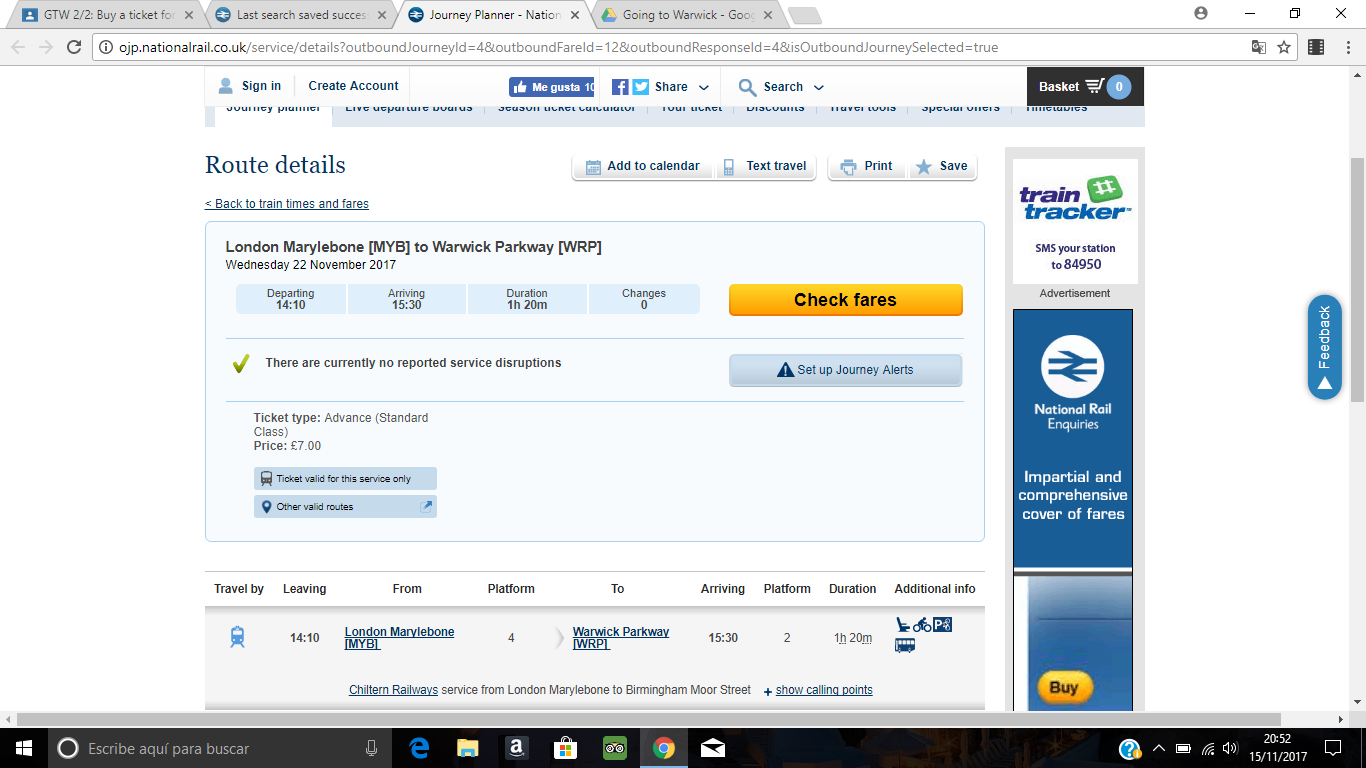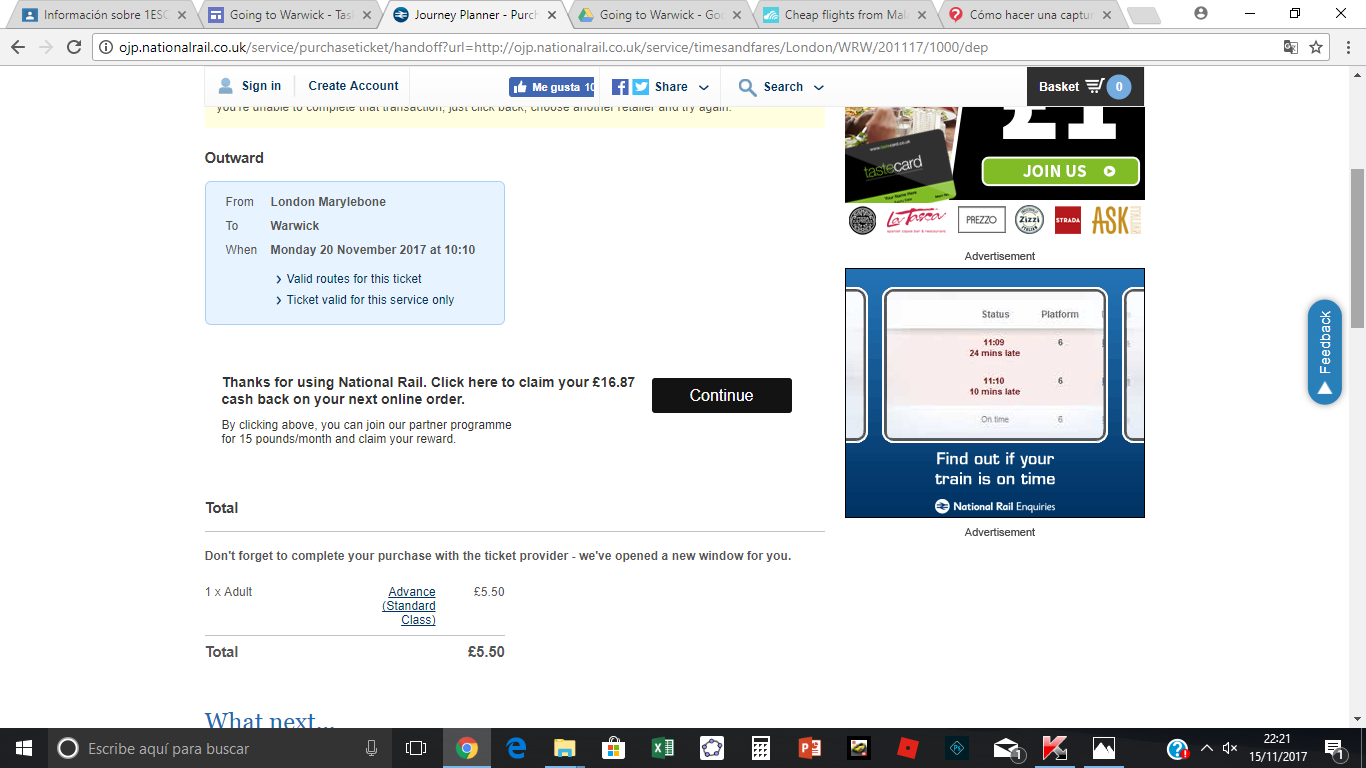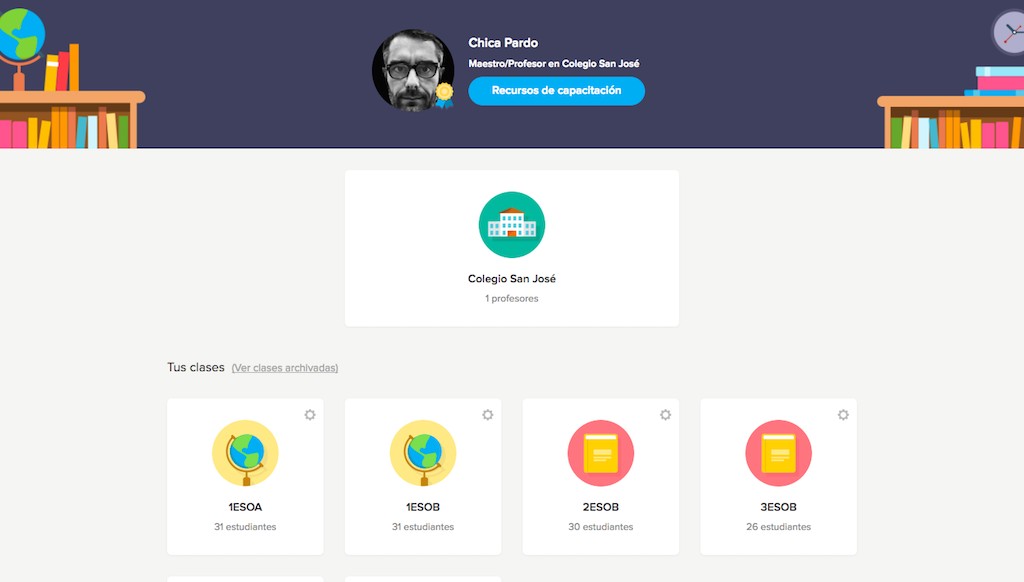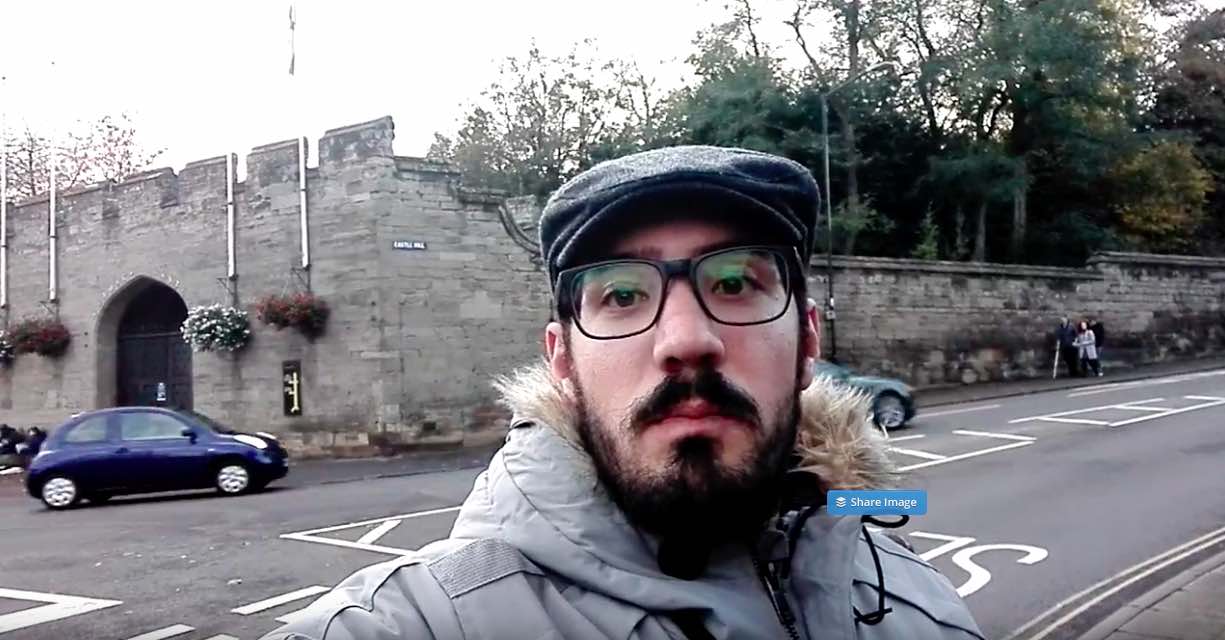As a vocational teacher of English, I have always been interested that both England’s culture and history should take part in my students’ process of learning another language. I am truly convinced that these elements are tightly interconnected, so language teachers should integrate it into the design and development of any learning goal.
The #GoingToWarwick project has been an example of what I have said before. It was born from a student who made the following question after working the listening and speaking skills with a video: “Domingo, are there any more beautiful castles like that one in England?” Then, inspiration came to my mind in just a couple of seconds and my answer was: “Yes, there are. Would you like to visit that castle? At that very moment, the #GoingToWarwick PBL was born.
I have read quite about active methodologies, specially PBL and cooperative learning, which are the perfect complements for the flipped learning approach, due to the fact that they enable students to develop their key competencies in the classroom, a “micro-society” that represents the way they will work in the future: collaboration, communication, critical thinking and creation. I especially enjoyed the reading of “Aprendo porque quiero” by Spanish PBL expert Juan José Vergara, who states that students’ interest on a topic may depend from different factors, their spontaneous interest on a specific topic is one among some others. And that’s what I did to start building our project.










